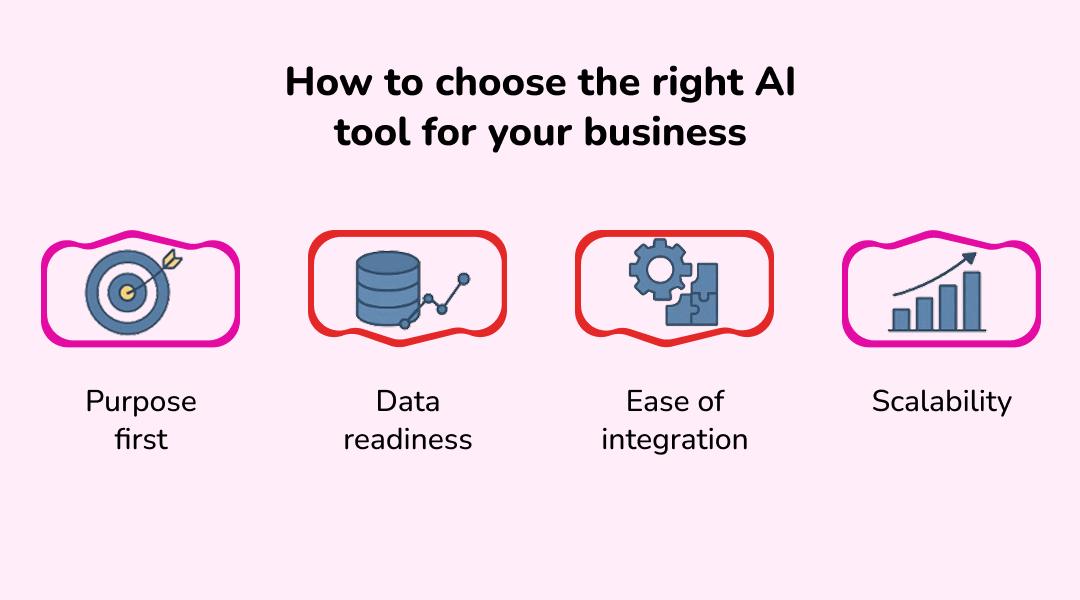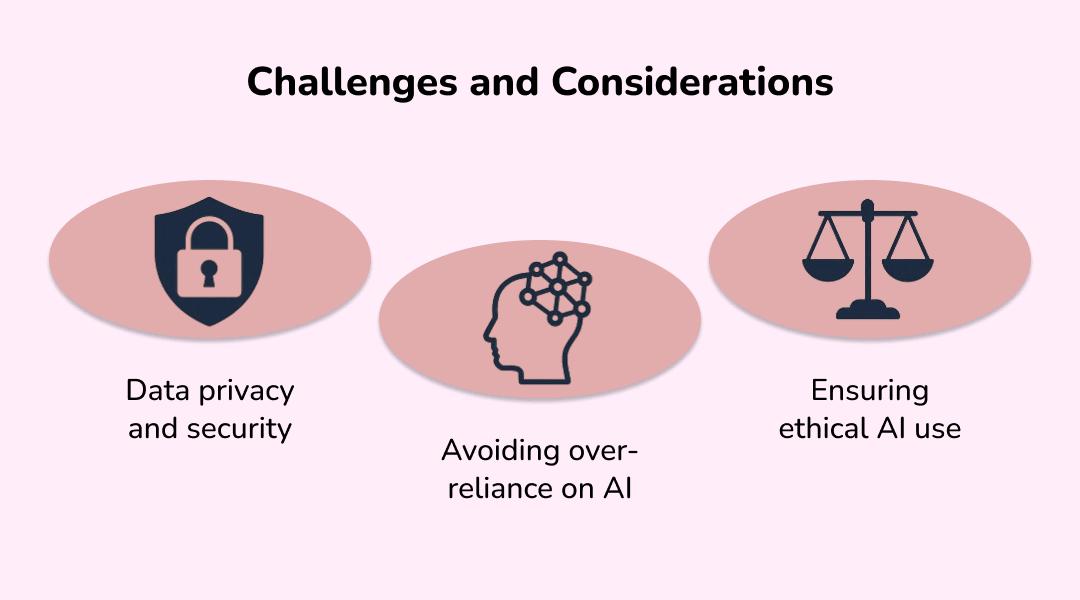How AI Can Help You Make Better Business Decisions
Let me ask you something: how many times have you made a decision and immediately wondered, “Did I just miss something critical?”
I’ve been there. Sitting in a boardroom, staring at spreadsheets that barely tell half the story, while the clock ticks and the pressure mounts. That’s where AI steps in—not as a magic wand, but as a trusted co-pilot that sees patterns you can’t.
In my decade working with businesses at KriraAI, I’ve watched AI turn uncertainty into clarity. Not just in theory, but in real decisions that impact revenue, operations, and growth. This isn’t hype. It’s applied intelligence.
Understanding AI in Business Decision-Making
What is AI for business decisions?
AI for business decisions is simply the use of algorithms, predictive models, and analytics to guide human choices. Think of it as a radar system: it scans mountains of data, finds the hidden currents, and points out opportunities or risks, that humans often miss.
It’s not about replacing you. It’s about giving you a clearer lens. When done right, AI becomes the difference between reactive and proactive decision-making.
Key AI technologies used in decision-making
Some of the AI workhorses behind the scenes include:
Machine Learning: Detects patterns and predicts outcomes based on historical data.
Natural Language Processing (NLP): Converts unstructured text—emails, reports, reviews—into actionable insights.
Predictive Analytics: Projects future trends so you can plan ahead instead of guessing.
Computer Vision: Monitors physical processes and identifies anomalies you might never spot.
Decision Support Systems: Combines AI insights into dashboards that make interpretation fast and intuitive.
How AI Improves Decision Accuracy
Reducing human errors with AI
Human errors are inevitable. Overlooked numbers, cognitive biases, fatigue—they all creep in. AI reduces these by continuously analyzing data with precision. I’ve seen businesses where even small miscalculations cost thousands in lost opportunities. After integrating AI analytics, the same teams made smarter calls, faster.
Using predictive analytics for better forecasting
Forecasting has always been tricky. Market conditions change, consumer behavior evolves, and your gut instinct can only take you so far. AI takes historical and real-time data, then builds predictive models that anticipate trends. The result? Your planning meetings stop being about hope and start being about strategy.
How to choose the right AI tool for your business

Here’s a quick mental checklist I give to every client:
Purpose first: Are you forecasting sales, optimizing operations, or analyzing customer behavior?
Data readiness: Do you have clean, structured data to feed the AI?
Ease of integration: Can it work with your existing systems?
Scalability: Will it grow as your business does?
Benefits of AI in Business Decisions
Cost reduction and efficiency
When you automate insights and analyses, teams spend less time crunching numbers and more time executing strategies. One of my clients in logistics reduced operational inefficiencies by 30% simply by adopting AI-based decision models.
Enhanced strategic planning
AI doesn’t just answer “what happened?” It tells you why it happened and what could happen next. That’s invaluable for long-term strategy. I’ve personally guided several businesses through strategy pivots that would have been invisible without AI insights.
Real-time insights for quicker decisions
Waiting for monthly reports is a relic of the past. With AI dashboards, you see what’s happening now. Decisions that once took days can happen in hours.
Real-World Examples of AI-Driven Business Decisions
Case studies from different industries
Retail: AI forecasted buying trends, preventing both overstock and stockouts.
Finance: Predictive models flagged high-risk transactions before they caused losses.
Healthcare: Scheduling AI optimized patient flow, saving time and reducing costs.
Manufacturing: AI-based predictive maintenance avoided costly downtime.
Lessons learned
The pattern is consistent: businesses that integrate AI thoughtfully outperform those that don’t. But implementation matters. Random adoption without understanding leads to wasted investment.
Challenges and Considerations

Data privacy and security
AI thrives on data. That means your responsibility to protect it is paramount. Missteps aren’t just costly—they’re reputational.
Avoiding over-reliance on AI
AI advises; humans decide. Treating it as an oracle is a fast track to disaster. Always combine insight with judgment.
Ensuring ethical AI use
Bias, discrimination, and transparency issues can creep into AI models. Regular audits and ethical guardrails are non-negotiable.
Future of AI in Business Decision-Making
Emerging trends
AI that explains its reasoning (“explainable AI”)
Hyper-personalized business intelligence dashboards
Real-time scenario simulations for planning
AI and human collaboration
The future isn’t humans versus AI. It’s humans with AI. When done right, decision-making becomes faster, smarter, and surprisingly more human.
Conclusion
I’ll be blunt: AI isn’t magic. It’s work, data, and iteration. But if implemented thoughtfully, it transforms uncertainty into clarity, hesitation into action, and raw data into decisions that actually drive growth.
If you’re serious about smarter business choices, it starts with understanding what AI can do and what it can’t. From there, every decision becomes less of a gamble and more of a calculated step forward.
FAQs
Costs vary widely based on data complexity, business size, and required outcomes. On average, small to mid-sized businesses can expect $15k–$50k, while large enterprises often invest $100k+.
Yes, for tasks like report summaries, forecasting, and automated insights. But it works best when paired with domain-specific data and human oversight.
Tools like Power BI with Azure AI, Tableau with predictive analytics, and H2O.ai are top performers for real-time visualization and reporting.
Absolutely. Predictive models identify anomalies, forecast demand, and flag risks early, helping businesses avoid costly mistakes.
Begin with identifying high-impact decisions, audit your data, choose a proven AI tool, and start with pilot projects. Gradually scale as confidence and results grow.

CEO
